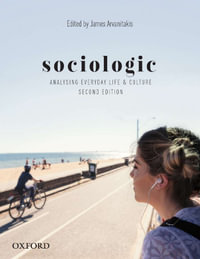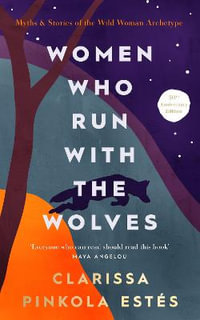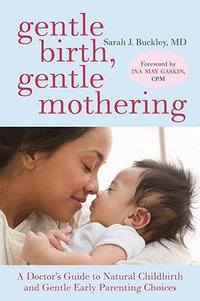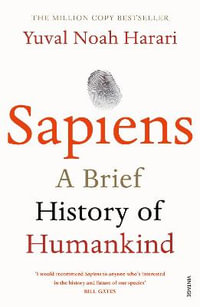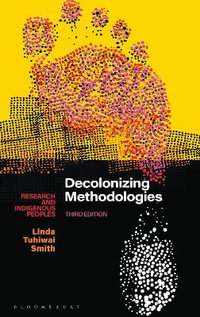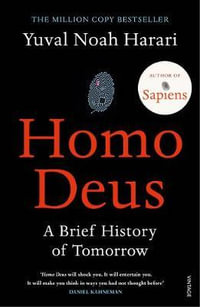Introduction
Sudeshna Roy
Part 1: Theory Development
1. Communicative Contact and Divided Groups
Donald Ellis
2. Conflict, Global Inequalities, and Structural Oppressions: A Culture-Centered Approach
Mohan Dutta
3. The Crossroads of Retribution and Restoration: A Story of Justice
Ian M. Bortan and Gregory D. Paul
4. Social Responsibility, Journalistic Values, and Ethics of Conflict Coverage: A Critical Analysis of the Coverage of the Mumbai Attacks in Indian and Pakistani Elite Press
Azmat Rasul
5. Authentic Peace and Innovative Justice: Discourses of Accountability and Legitimacy in NGO Peacebuilding and Transitional Justice Partnerships
Courtney E. Cole
Part 2: Method Development
6. Applicability of Narrative for Peace and Conflict Communication
Natasha Azarian-Ceccato
7. The Weaponization of Reporting: Using Nightmares to Sell War and Conflict
Christian Vukasovich and Tamara Dejanovic-Vukasovich
8. Personal Narratives in the Service of Peacebuilding
Julia Chaitin
9. Discourse Analysis Applied to Communication about Violent Confict
John Oddo
10. Strategic Listening in the Middle East as a Guide on the Pathway to Collaboration and Peace
Annie Rappeport and Andrew Wolvin
11. A Roma Heritage Pilgrimage: Peacebuilding and Reaffirmation of Identity through Visual Storytelling in a Hungarian Roma Village
Maria Subert
Part 3: Traditional/Digital Media and Peace and Conflict
12. (Mis)representing Terrorism in Global Media
Daya K. Thussu
13. Importance of Influence of Post-Conflict Societies in Conceptualizing Conflict and Peace
Kasun Ubaysiri
14. Peace Journalism in the New Millennium: New Challenges with the Changing Face of Conflict
Jake Lynch
15. Internet User-Generated Content as "Citizen Peace Journalism"? Lessons from the Initial Empirical Data
Marta N. Lukacovic and Andrew Teye
16. Fighting ISIS: How Al Jazeera Arabic Framed the Fight against ISIS in Raqqa and Mosel
Hala Guta
17 Conflict Reporting in #280Characters: How Indian and Pakistani News Organizations Framed a 2019 Border Conflict on Twitter
Dhiman Chattopadhyay and Awais Saleem
Part 4: Case Studies
18. Victimization versus Protagonism: An Analysis of the Process of Asylum Seekers' Interview in Institutions of Brazilian Civil Society
Sofia C. Zanforlin
19. Are Nigerians in Cameroon Perceived as a Threat? An Analysis of Cameroonian-Nigerian Inter-Group Conflict
Elvis Nshom, Immaculate Kelighai, and Shomaila Sadaf
20. When Campaigning Goes Wrong: Female Genital Mutilation in Human Rights and Peace and Conflict Communication
Lisen Dellenborg and Maria F. Malmstrom
21. Applying Image Restoration Theory to Understand the Provisional Irish Republican Army's (PIRA) Image Repair Strategies
Dylan Silverglate and Jonathan Matusitz
22. Intercultural Empathy between Palestinians and Israelis: A Qualitative Analysis
Kelsea Jackson and Stephen Croucher
23. Rethinking Pukhtoonwali as a Culture of Peace: The Role of Jirga in Peacebuilding in the Tribal Areas of Pakistan
Nizar Ahmad, Syed Rashid Ali, and Sana Ullah
24. Conflict Management, Ambivalent Sexism, and Latin Gender Roles
Nathalie Desrayaud, Gabriela R. Martin, and Fernando Olano Vazquez
Part 5: Innovative Approaches to Peace and Conflict
25. The Importance of Identifying Islamophobia in Societies to Help Sustain Global Peace Communication
Muhammad J. Yusha'u
26. Everybody Loves an Innocent Victim: Communicating Terror and Managing Conflict through the Victims' Perspective
Vipul Mudgal
27. Role of Narratives in Reducing Bias toward Muslim Immigrants: A Step toward Peace and Tolerance
Xiaodi Yan, Mary Bresnahan, Yi Zhu, and Syed Ali Hussain
28. "A Way of Knowing:" Violence, Precarity, and the Critical Potential of Poetry
Timothy A. Lavis





